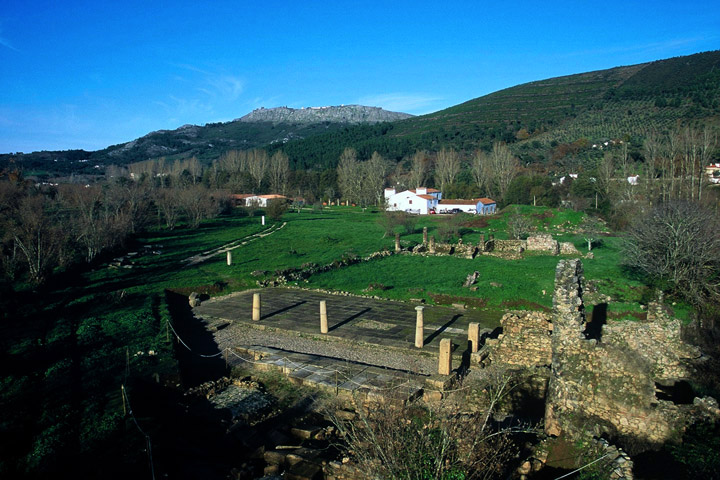| » Cidade |
| - Apresentação da Cidade |
| - Livro |
| - Porta Sul |
| - Termas |
| - Fórum e Templo |
| - Área Urbana |
| » Museu |
| - Apresentação |
| - 12 Meses | 12 Peças |
| - Exposições Temporárias |
| - Visita Virtual |
| - Serviço Educativo |
| » Laboratório |
| - Conservação e Restauro |
| - Ligas Metálicas |
| - Cerâmica e Vidro |
| - Materiais Pétreos |
| - Reserva |
| - Ruínas |
| - Prestação de Serviços |
| » Fundação |
| - Apresentação |
| - Orgãos Sociais |
| - História |
| - Documentação |
| - Relatórios de Gestão |
| - Projetos da Fundação |
| » Investigação |
| - Projetos de investigação |
| - Protocolos |
| » Serviços |
| - Conservação e Restauro |
| - Consultadoria |
| - Formação |
| » Summer School |
| - The Archaeological site |
| - Location |
| - Training Program |
| - Scientific Team |
| - Lodging |
| - Schedules and Terms |
| - Region |
| - Traditions | Gastronomy |
| - Events |
| - Ammaia Foundation |
| » Mecenas |
| » Parcerias |
| » Media Partners |
| » Prémios |
| » Eventos |
| » Notícias |
| » Loja |
| © 2014 . Fundação Ammaia |
The Roman town of Ammaia, or some part of ruins of what was the town, were abandoned, although they area National Monument since 1949.
In 1994, before the institutional establishment, Ammaia Foundation began the archaeological excavations in some of the remains that seem that were roman structures existing on the top of the ground of the farm, called "Quinta do Deão" and “Tapada da Aramenha”, where the roman town is most part "hidden" from our eyes.
With the first archaeological interventions initiated in Ammaia, was possible to observe an important monumental complex, which would be the main entrance of the town designated as the South Gate, which has the particularity to be toward the provincial capital, Emerita Augusta, which at the Roman time was the administrative center of Lusitania. Overlooking the National Road EN359, which cut the urban area roughly in half, including the Forum, the main center of political, economic, social and religious life of the region, where it has been possible to identify much of his monumental buildings, Here we can observe a cryptoporticus evidenced by some structures that formed the posterior and lateral boundaries facing northeast and the podium of the temple, possibly dedicated to the imperial cult. Near to the Forum was also identified one of the thermal complex of the town, it seems to be a public bathhouse, having already identified some structures, pipes, a small frigidarium (cold water indoor pool) and a natatio (outdoor pool only partially excavated).
The Foundation archaeological team also carried out excavations in the building where it is installed the museum Ammaia. When they started the reconstruction of the building were found a few houses from different periods of the Roman era, from the late first century BC to the fifth and sixth centuries.
Between 2008 and 2011 several campaigns of geophysical survey were made in the area of the ruins. Therefore, archaeological places of the town that were already known were prospected, namely the Forum area and the northern area of the Bathsand the surrounding area to the east. Was verified with the results that the town has a properly delineated orthogonal urban organization, such as the oldest traces seemed to demonstrate, with a high density construction with insulae (44m x 66m) properly framed between the town streets.
Additionally to the archaeological work carried out in the area of the ruins of the town, the Foundation has developed several studies in the territory that was under the administration of Ammaia. In this research they chose to make prospection and surveying of archaeological sites from Roman times, not forgetting other distinct eras.




.jpg)